Best Books to Master AI
Books are an important resource for learning about artificial intelligence (AI) and staying up-to-date with the latest developments in the field. Books provide in-depth coverage of various AI topics, including machine learning, deep learning, natural language processing, robotics, and the ethical and societal implications of AI. They may be an excellent approach to obtain a better knowledge of the basic ideas and technology employed in AI, while also allowing you to investigate the larger context and societal ramifications of AI. Books can be a valuable resource for both technical experts and general readers who are interested in learning about AI.
“The Master Algorithm” by Pedro Domingos
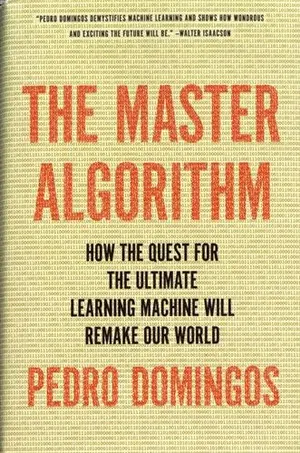
“The Master Algorithm” is a book authored by Pedro Domingos, a computer scientist and machine learning specialist, that investigates the notion of a “master algorithm” capable of learning everything. The book discusses the five major approaches to machine learning – symbolists, connectionists, evolutionaries, Bayesians, and analogizers – and how they could potentially be combined to create a master algorithm.
The book also discusses the potential impact of the master algorithm on society and the ethical implications of such a powerful technology. Ultimately, “The Master Algorithm” is a fascinating book that offers a fresh take on machine learning and artificial intelligence.
“Deep Learning” by Ian Goodfellow, Yoshua Bengio, and Aaron Courville
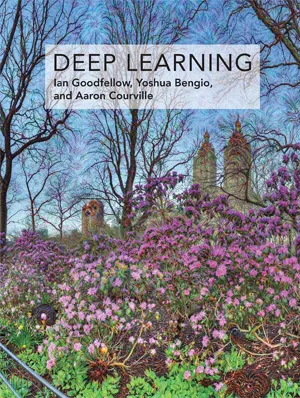
“Deep Learning” is a book written by Ian Goodfellow, Yoshua Bengio, and Aaron Courville that provides an in-depth introduction to deep learning, a subset of machine learning that has gained popularity in recent years. The book delves into the fundamental specifics of deep learning algorithms and how they may be used to a wide range of applications, including picture and audio identification, natural language processing, and machine translation.
The book also discusses the broader context of deep learning, including its historical roots and its relationship to other machine learning approaches. Overall, “Deep Learning” is a comprehensive and technical guide to the field of deep learning that is suitable for researchers and practitioners.
“Artificial Intelligence: A Modern Approach” by Stuart Russell and Peter Norvig

“Artificial Intelligence: A Modern Approach” is a textbook written by Stuart Russell and Peter Norvig that is widely used in AI courses. The book gives an in-depth look into the subject of artificial intelligence, including topics such as machine learning, natural language processing, computer vision, robotics, and reasoning.
The book is notable for its straightforward and succinct writing style, as well as its focus on the fundamental ideas and concepts of artificial intelligence. It is suitable for both technical and non-technical audiences and is often used as a reference for AI practitioners and researchers.
“Reinforcement Learning: An Introduction” by Richard S. Sutton and Andrew G. Barto
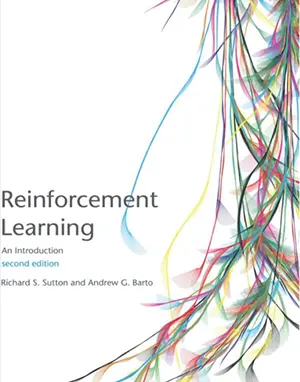
“Reinforcement Learning: An Introduction” is a book written by Richard S. Sutton and Andrew G. Barto that provides an introduction to reinforcement learning, a type of machine learning that involves training algorithms to make decisions in dynamic environments.
The book covers the fundamental concepts and techniques of reinforcement learning, including Markov decision processes, dynamic programming, and Monte Carlo methods. It also discusses the application of reinforcement learning to various domains, such as control, robotics, and game playing.
Overall, “Reinforcement Learning: An Introduction” is a technical but accessible guide to the field of reinforcement learning that is suitable for researchers and practitioners.
“Neural Networks and Deep Learning” by Michael Nielsen
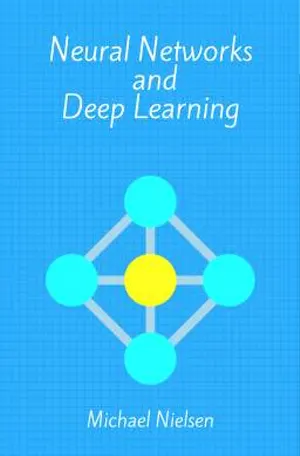
Michael Nielsen’s book “Neural Networks and Deep Learning” offers an orientation to neural networks and deep learning, a branch of machine learning that includes training artificial neural networks to accomplish multiple tasks.
The book is presented in an easy-to-read format and is aimed for a broad readership. It covers the fundamental concepts of neural networks and deep learning, including gradient descent, backpropagation, and convolutional neural networks. The book also includes interactive online demonstrations that allow readers to experiment with the concepts covered in the book.
Overall, “Neural Networks and Deep Learning” is a great resource for anyone interested in learning about neural networks and deep learning.
“Introduction to Artificial Intelligence” by Russell and Norvig
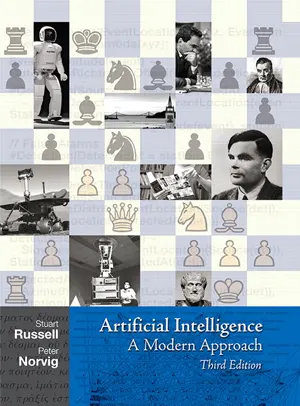
Stuart Russell and Peter Norvig wrote the book “Introduction to Artificial Intelligence,” which gives a thorough overview of the area of artificial intelligence (AI).
The book covers a wide range of AI topics, including machine learning, natural language processing, computer vision, robotics, and logic. It is known for its clear and concise writing style and its emphasis on the underlying principles and theories of AI. The book is suitable for both technical and non-technical audiences and is often used as a reference for AI practitioners and researchers.
“AI Superpowers: China, Silicon Valley, and the New World Order” by Kai-Fu Lee
![]()
Kai-Fu Lee, a tech executive and AI specialist, wrote “AI Superpowers: China, Silicon Valley, and the New World Order,” a book that examines the emergence of machine learning (AI) in China and its consequences for the global market.
The book discusses the key factors that have contributed to China’s rapid development in AI, including its large and highly educated workforce, its vast amount of data, and its supportive government policies. The book also discusses the potential impact of AI on the global economy, including the potential for job displacement and the need for ethical considerations.
Overall, “AI Superpowers” is a thought-provoking and engaging book that provides insights into the rise of AI in China and its potential impact on the world.
“Superintelligence: Paths, Dangers, Strategies” by Nick Bostrom
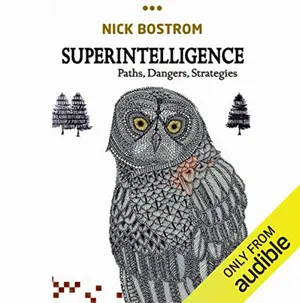
“Superintelligence: Paths, Dangers, Strategies” is a book written by Nick Bostrom, a philosopher at the University of Oxford.
In the book, Bostrom discusses the potential dangers and benefits of creating superintelligent artificial intelligence. He explores different scenarios for the development of superintelligence, and considers the potential risks and benefits of each scenario. Bostrom also discusses potential strategies for controlling and directing the development of superintelligence, in order to ensure that it serves humanity’s goals and values.
“Thinking, Fast and Slow” by Daniel Kahneman
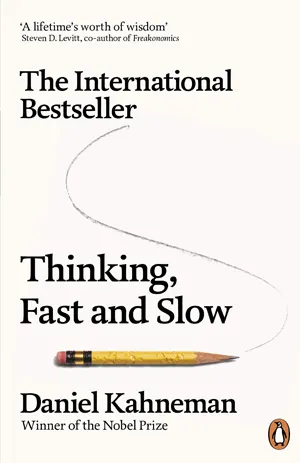
“Thinking, Fast and Slow” is a textbook by Daniel Kahneman, a psychiatrist and businessman who won the Nobel Prize in Economics in 2002.
In the book, Kahneman explores the two systems of thought that drive the way we make decisions and solve problems. “System 1” is fast, automatic, and emotional, while “System 2” is slower, more deliberative, and more logical. Kahneman discusses how these two systems can work together, but also how they can sometimes lead to biases and errors in judgment.The book is based on Kahneman’s considerable study on the neuroscience of judgement, and it has had a significant impact on the areas of psychology, finance, and behavioural economics.
“Life 3.0: Being Human in the Age of Artificial Intelligence” by Max Tegmark
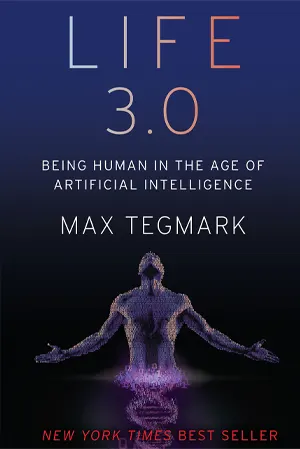
“Life 3.0: Being Human in the Age of Artificial Intelligence” by Max Tegmark is a comprehensive examination of the future of artificial intelligence and its impact on humanity.
The book explores the concept of artificial intelligence evolving to the point where it surpasses human intelligence, also known as “Superintelligence.” Tegmark delves into the potential benefits and dangers of this technological advancement, and considers how society might prepare for and shape the future of AI.
Through a mix of technical and non-technical discussions, Tegmark provides a thought-provoking and insightful examination of the role of AI in shaping our future as a species. Overall, “Life 3.0” offers a well-rounded and accessible look at the current state and future possibilities of AI, and is a must-read for anyone interested in the field.
“Human + Machine: Reimagining Work in the Age of AI” by Paul R. Daugherty and H. James Wilson
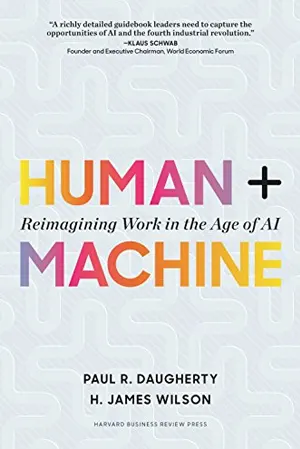
“Human + Machine: Reimagining Work in the Age of AI,” by Paul R. Daugherty and H. James Wilson, is an interesting book. The writers claim in the study that, instead of simply displacing human employees, artificial intelligence (AI) has the ability to complement human labour and generate new types of benefits. The writers examine how artificial intelligence (AI) may be utilised to increase human abilities and productivity.
“The Future of Life” by Edward O. Wilson
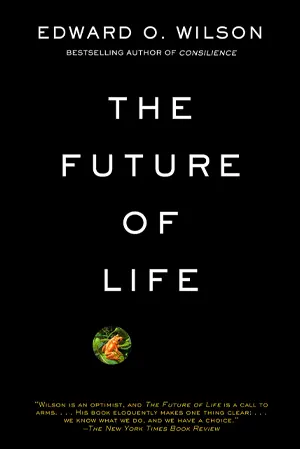
“The Future of Life” is a book written by Edward O. Wilson, a renowned biologist and naturalist. In the book, Wilson discusses the importance of biodiversity and the role that humans play in preserving it. He covers the various dangers to bio-diversity, such as habitat degradation, contamination, and global warming, as well as the possible ramifications for both the environment and human society. Wilson also discusses the efforts that are being made to conserve biodiversity, and he offers recommendations for how we can work to protect and preserve the Earth’s rich array of life forms.
“The Singularity Trap” by Federico Pistono
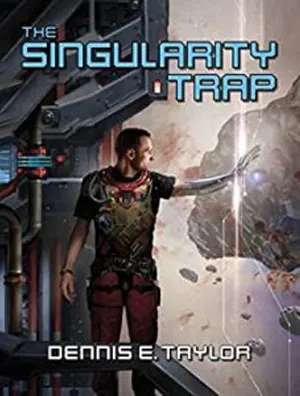
“The Singularity Trap” is a book written by Federico Pistono, an entrepreneur and technology writer. In the book, Pistono discusses the concept of technological singularity, which is the hypothetical future point at which artificial intelligence and other technological developments will enable rapid, exponential progress that fundamentally transforms human civilization. Pistono argues that singularity is not a foregone conclusion and that it is not necessarily a desirable outcome. He discusses the potential risks and downsides of developing superintelligent AI, and he suggests that we need to consider alternative paths for the future of technology.
“Our Final Invention: Artificial Intelligence and the End of the Human Era” by James Barrat
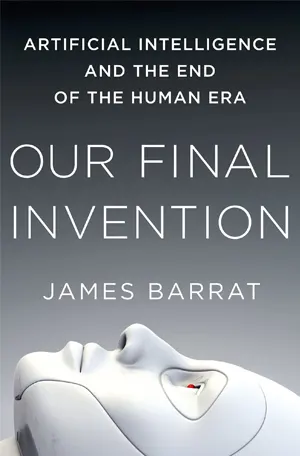
“Our Final Invention: Artificial Intelligence and the End of the Human Era” is a novel authored by director and novelist James Barrat. In the book, Barrat discusses the potential risks and dangers of developing artificial intelligence (AI) that surpasses human intelligence. He contends that a “superintelligent” AI could endanger mankind, and he discusses how we may be capable of mitigating or eliminating this risk. Barrat also explores the ethical and philosophical implications of creating machines that are more intelligent than humans, and he considers the potential consequences of such a development for the future of our species.
“The AI Revolution: The Road to Superintelligence” by Tim Urban
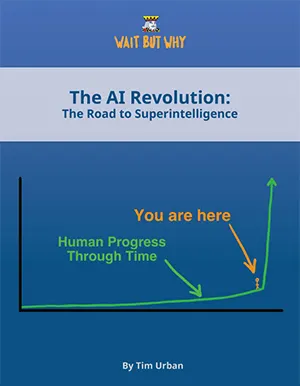
The book “The AI Revolution: The Road to Superintelligence” was authored by Tim Urban, an author and businessman. In the work, Urban analyses the possible societal consequences of artificial intelligence (AI) and how it may revolutionise our existence. He explores the concept of superintelligent AI and considers the potential risks and benefits of developing such a technology. Urban also discusses the ethical and philosophical implications of creating machines that are more intelligent than humans, and he considers the potential consequences of such a development for the future of our species.
Conclusion:
There is a wide variety of books on artificial intelligence (AI) available, each offering a unique perspective on this rapidly-evolving field. From technical discussions of the latest developments in AI research to more philosophical considerations of the ethical and societal implications of AI, these books offer something for everyone. Whether you are a technologist, a philosopher, or simply someone who is interested in the future of AI, there is a book out there for you. If you want to learn more about AI, I invite you to go through the publications listed in this post and select the one that speaks to your passions and worries.